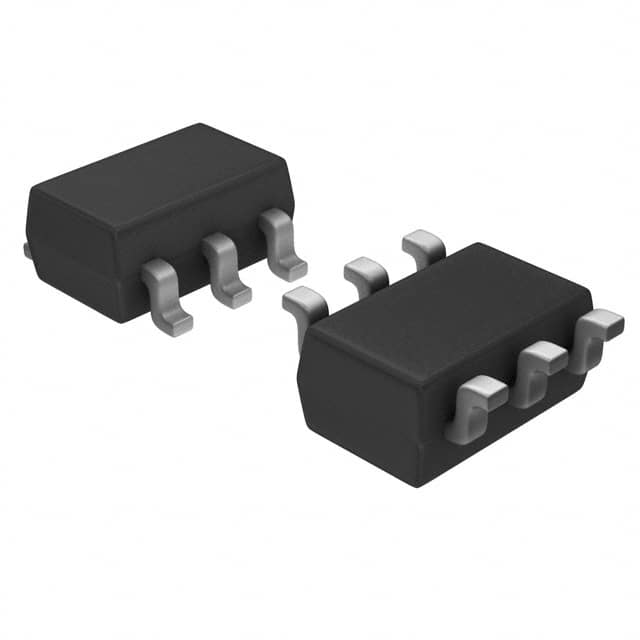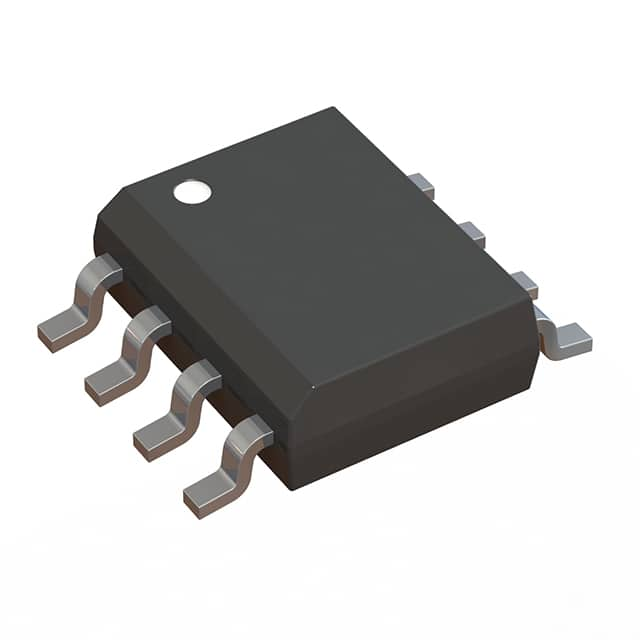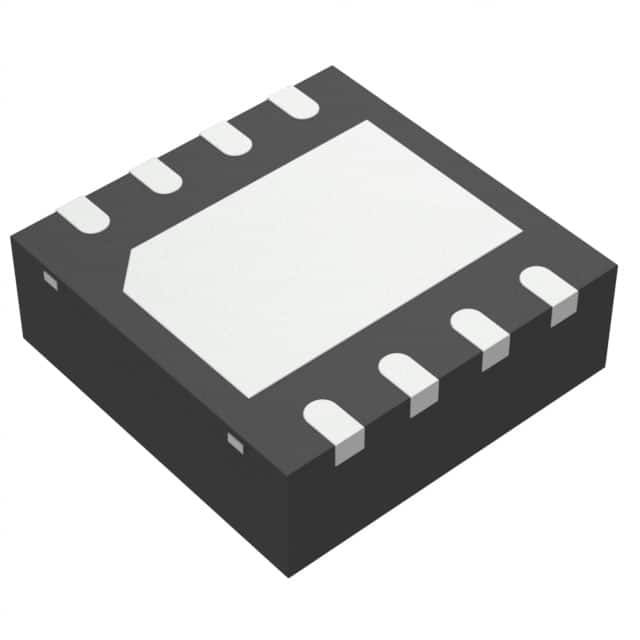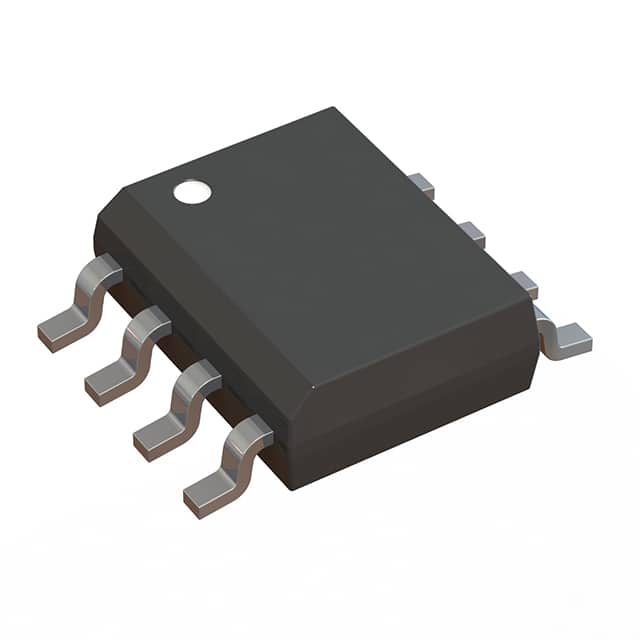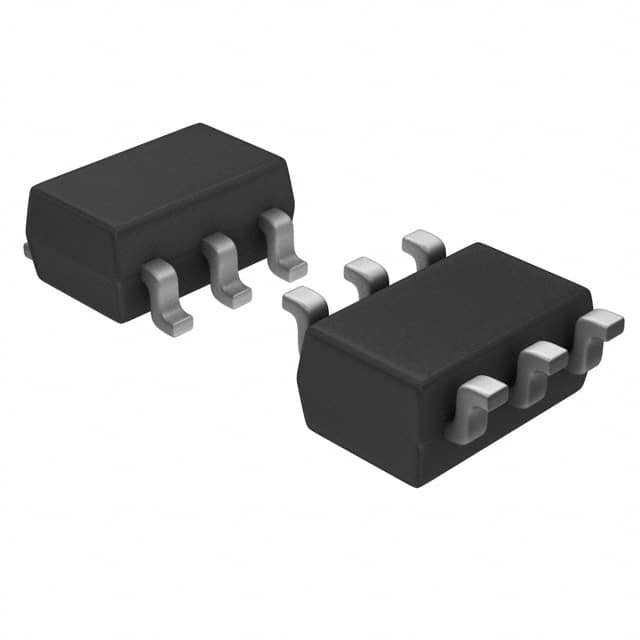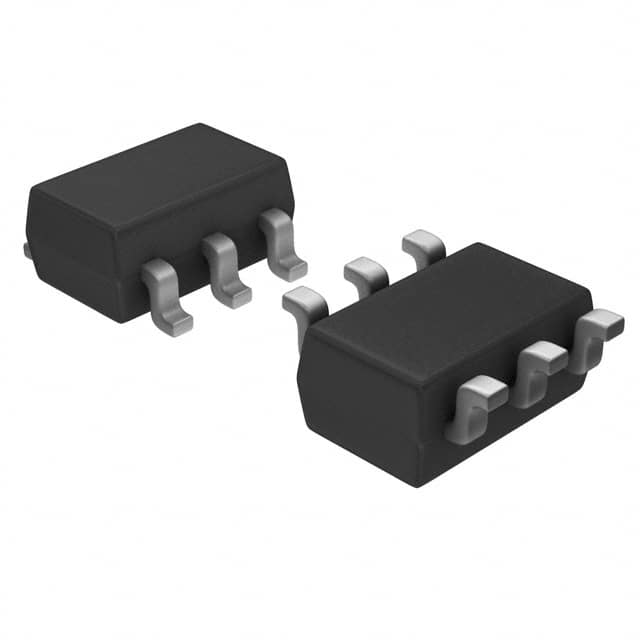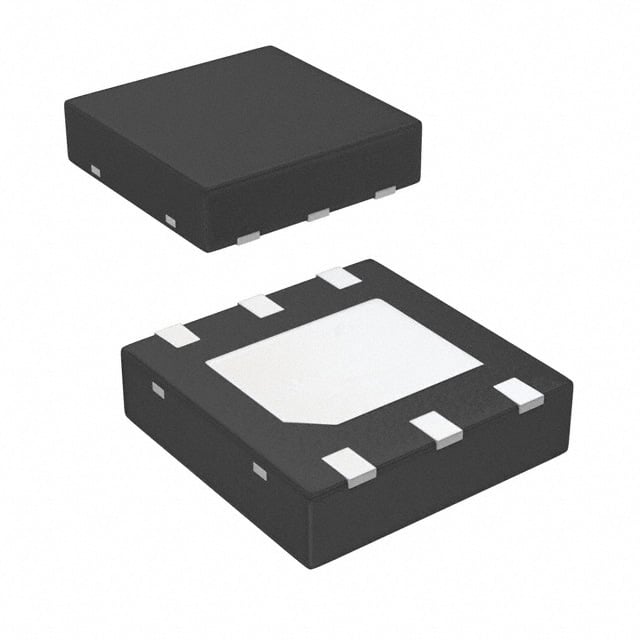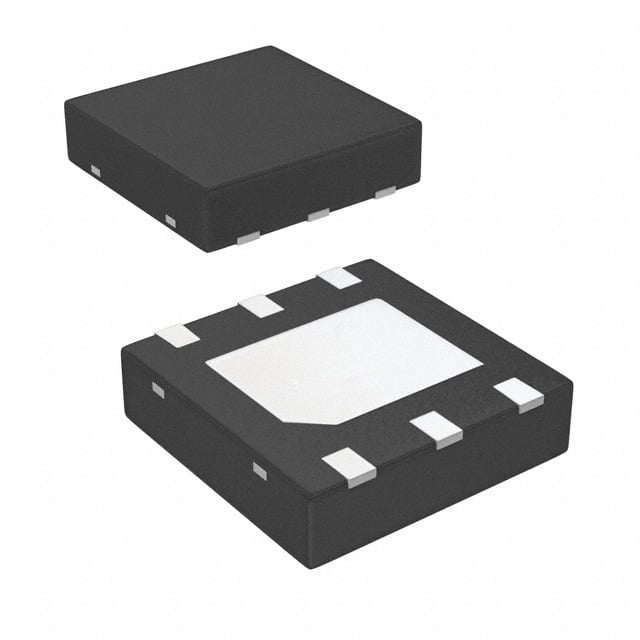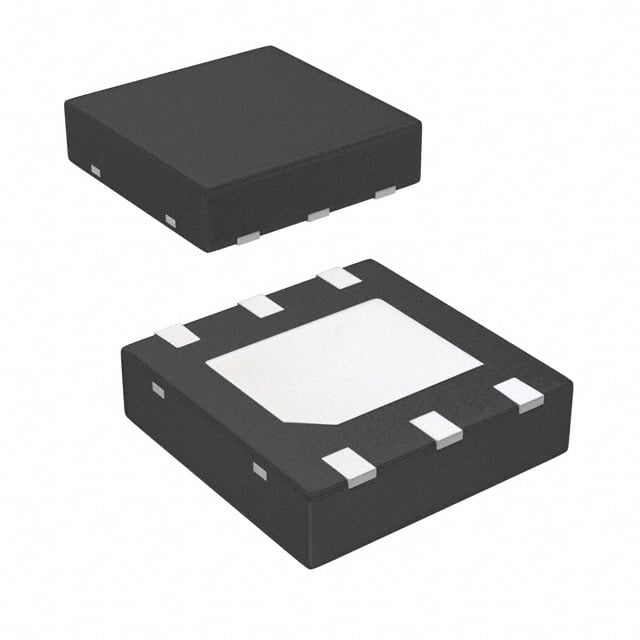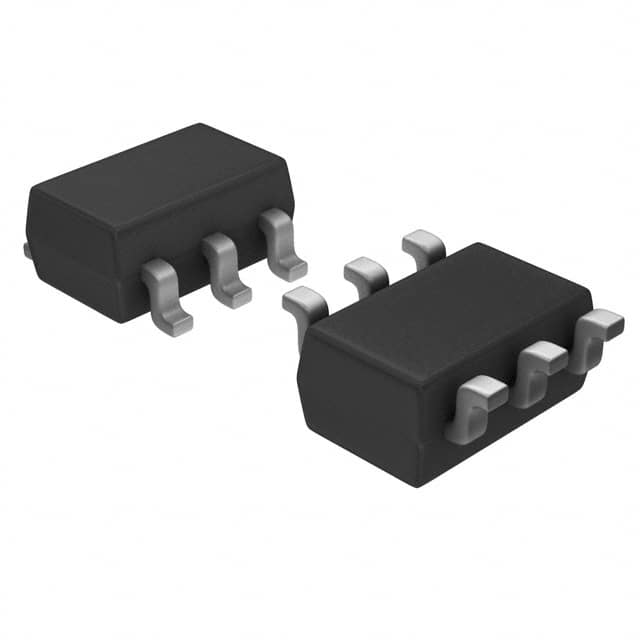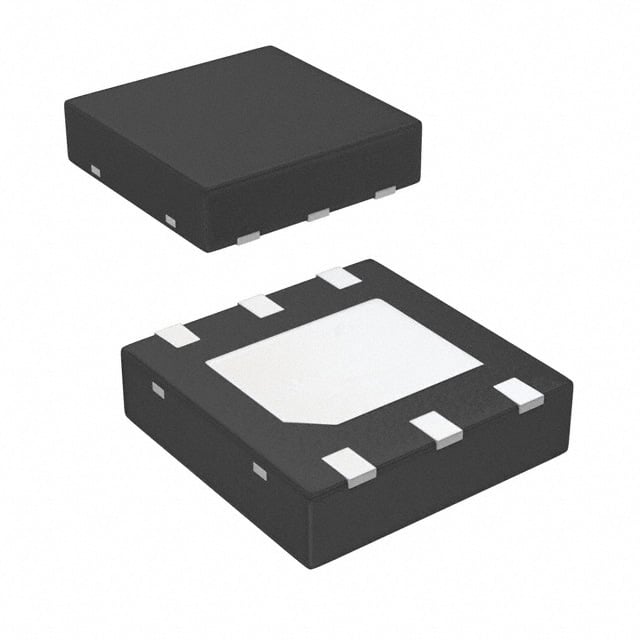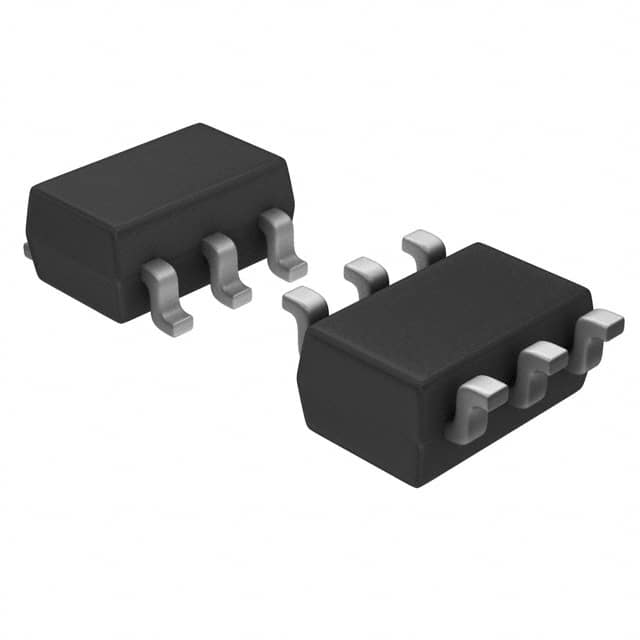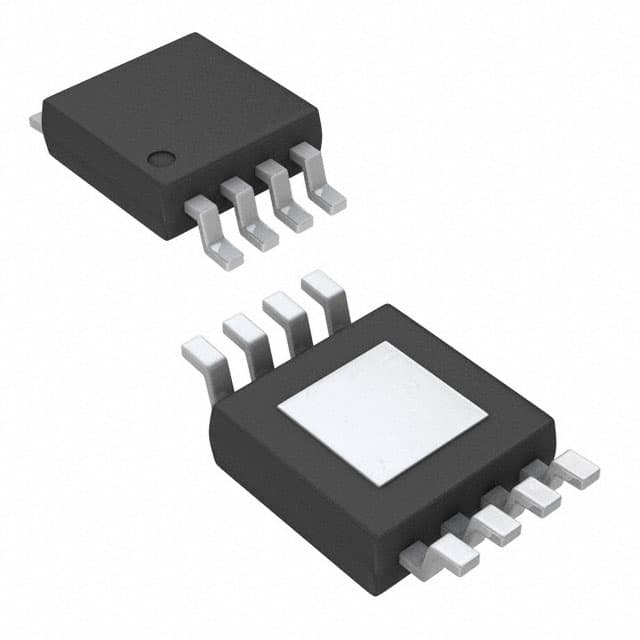LM5134BMFX/NOPB Product Introduction:
Texas Instruments Part Number LM5134BMFX/NOPB(PMIC - Gate Drivers), developed and manufactured by Texas Instruments, distributed globally by Jinftry. We distribute various electronic components from world-renowned brands and provide one-stop services, making us a trusted global electronic component distributor.
LM5134BMFX/NOPB is one of the part numbers distributed by Jinftry, and you can learn about its specifications/configurations, package/case, Datasheet, and other information here. Electronic components are affected by supply and demand, and prices fluctuate frequently. If you have a demand, please do not hesitate to send us an RFQ or email us immediately sales@jinftry.com Please inquire about the real-time unit price, Data Code, Lead time, payment terms, and any other information you would like to know. We will do our best to provide you with a quotation and reply as soon as possible.
Introducing the Texas Instruments LM5134BMFX/NOPB, a highly efficient synchronous buck controller designed to meet the demanding power requirements of modern electronic systems. With its advanced features and versatile application fields, this controller is the perfect solution for a wide range of power management needs.
The LM5134BMFX/NOPB boasts an impressive 95% efficiency, ensuring minimal power loss and maximum energy savings. Its wide input voltage range of 4.5V to 65V makes it suitable for a variety of applications, from industrial equipment and automotive systems to telecommunications and data centers.
Equipped with a comprehensive set of features, this controller offers excellent performance and flexibility. Its adjustable switching frequency allows for optimization of efficiency and size, while its integrated high-side and low-side MOSFET drivers simplify the design process. The LM5134BMFX/NOPB also includes a programmable soft-start feature, enabling smooth and controlled power-up sequences.
Furthermore, this controller offers a range of protection features, such as overvoltage, undervoltage, and overcurrent protection, ensuring the safety and reliability of your system. Its robust design and wide operating temperature range make it suitable for harsh environments.
In summary, the Texas Instruments LM5134BMFX/NOPB is a highly efficient and versatile synchronous buck controller that delivers exceptional performance and reliability. Whether you are designing power supplies for industrial equipment, automotive systems, or data centers, this controller is the ideal choice to meet your power management needs.
Gate Drivers are circuits specifically designed to enhance and control the gate signals of a MOSFET or IGBT. It receives low-voltage and low-current signals from the controller and converts them into high-voltage and high-current pulse signals that directly act on the gate of the MOSFET or IGBT, thus achieving accurate control of these semiconductor switching devices. Grid drivers have become an indispensable part of modern power electronic systems because of their high efficiency in signal conversion and stable driving performance.
Application
Gate Drivers have been widely used in various fields of power electronics technology. In the motor control system, the gate driver is used to drive the MOSFET or IGBT switching components of the inverter to achieve accurate control and efficient operation of the motor, which is widely used in the fields of electric vehicles, industrial automation equipment and household appliances. In power inverters, the gate driver is responsible for converting DC power to AC power to meet the needs of various loads, commonly seen in solar photovoltaic systems, wind power systems and uninterruptible power supplies (UPS). In addition, gate drivers also play an important role in many fields such as switching power supplies, AC frequency converters, and power electronic converters.
FAQ about PMIC - Gate Drivers
-
1. What is a gate driver?
Circuit, gate signal enhancement, controller
A gate driver is a circuit that is mainly used to enhance the gate signal of a field effect transistor (MOSFET) or an insulated gate bipolar transistor (IGBT) so that the controller can better control the operation of these semiconductor switches ,The gate driver controls the gate of the MOSFET or IGBT by converting the signal output by the controller into a high-voltage, high-current pulse, thereby improving the performance, reliability and service life of these devices.
Working principle
The gate driver is mainly composed of an input stage, a driver stage and an output stage:
Input stage: responsible for receiving the signal output by the controller and converting it into a TTL or CMOS logic level.
Driver stage: amplifies and converts the signal to generate a high-voltage, high-current pulse signal.
Output stage: uses these pulse signals to control the gate of the MOSFET or IGBT.
-
2. What are the different types of gate drivers?
There are mainly the following types of gate drivers:
High-frequency high-voltage gate driver: This driver can drive two N-channel MOSFETs, supports a power supply voltage of up to 100V, has strong driving capabilities, is suitable for MOSFETs with high gate capacitance, and can reduce switching losses. It also has features such as undervoltage lockout and adaptive shoot-through protection.
HL-type gate driver: The HL-type driver drives two N-channel MOSFETs in a half-bridge configuration and supports a power supply voltage of up to 140V. It has independent control outputs and strong anti-interference ability, and is suitable for application scenarios that require independent control of two MOSFETs. The HL type driver also has functions such as UVLO, TTL/CMOS compatible input, adjustable turn-on/off delay and shoot-through protection.
Pulse transformer drive: This driver does not require a separate drive voltage, and applies a high voltage to the gate through a pulse transformer, which is suitable for half-bridge or full-bridge circuits. It uses a capacitor and pulse transformer in series to increase the switching speed, and quickly resets the pulse transformer through a Zener diode.
Optocoupler and floating power supply drive: This driver uses an optocoupler to isolate the microcontroller and power transistor, and requires a separate floating power supply. The optocoupler output requires a separate power supply, which is suitable for high-side drive of half-bridge or full-bridge.
Push-pull circuit: The push-pull circuit is suitable for situations where the drive current is insufficient. It provides sufficient drive current by alternating between two transistors, which is suitable for application scenarios that require high drive current.
Half-bridge/full-bridge high-end drive: This driver applies a high voltage to the gate, which is suitable for half-bridge or full-bridge circuits. Since the source voltage of the high-end MOSFET changes, it needs to be powered independently and cannot share a ground with the low-end MOSFET.
-
3. Why is a gate driver needed?
The main reasons for the need for gate drivers include signal amplification, electrical isolation, and protection mechanisms.
Signal Amplification
The main function of the gate driver is to convert the low-voltage signal of the controller into a high-voltage drive signal, thereby achieving effective control of the power device. This signal amplification function ensures that the power device can be stably turned on and off, improving the efficiency and reliability of the system.
Electrical Isolation
In many applications, electrical isolation between the control circuit and the power semiconductor is very important to prevent voltage feedback or ground loop problems. Gate drivers usually use optocouplers or other isolation methods to maintain this isolation, ensuring that the control circuit is not affected by the power circuit, thereby improving the stability and safety of the system.
Protection Mechanism
Gate drivers also integrate a variety of protection functions, such as overcurrent, overvoltage protection, and short-circuit protection. These protection mechanisms can effectively prevent power device damage and improve the reliability and safety of the system.
 Lead free / RoHS Compliant
Lead free / RoHS Compliant



